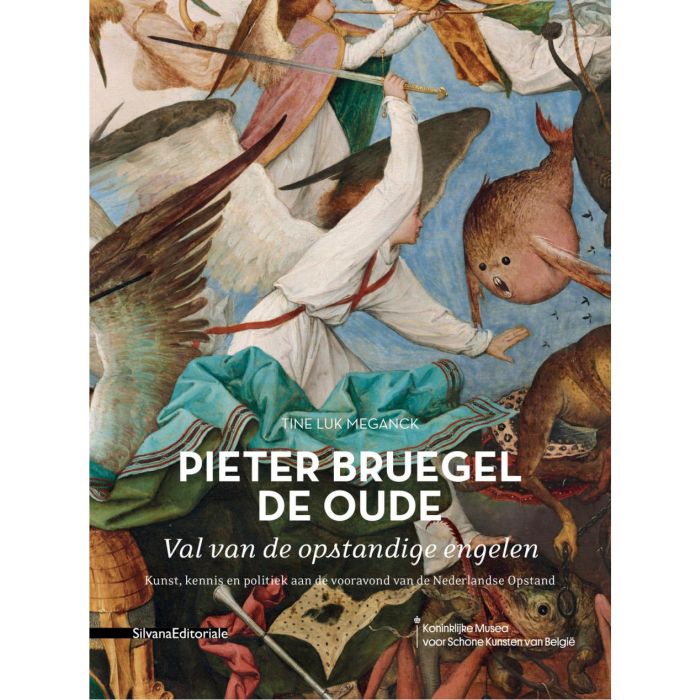My Cart
Your cart is empty
Looks like you haven't made your choice yet.
- Subtotal
Pieter Bruegel de Oude - Val van de opstandige engelen

Kunst, kennis en politiek aan de vooravond van de Nederlandse Opstand
- Silvana
- Cahier van de Koninklijke Musea voor Schone Kunsten van België
- by Tine L. Meganck
More Information
| Publisher | Silvana |
|---|---|
| ISBN | 9788836642915 |
| Author(s) | Tine L. Meganck |
| Publication date | November 2019 |
| Edition | Paperback with flaps |
| Dimensions | 240 x 170 mm |
| Illustrations | 100 col. & bw ill. |
| Pages | 200 |
| Language(s) | Dutch (NL) ed. |
| Exhibition | Cahier van de Koninklijke Musea voor Schone Kunsten van België |
| Publisher | ISBN 9788836642908 (F) ISBN 9788836629206 (E) |
Description
Dit zestiende nummer van de Cahiers van de Koninklijke Musea voor Schone Kunsten van België verscheen naar aanleiding van meerdere jaren onderzoek naar het oeuvre van Pieter Bruegel de Oude. Het boek onthult de geheimen van De val van de opstandige engelen, in het bijzonder de weergave van fantasiedieren en enigmatische objecten door nieuwe verbanden te leggen tussen kunst, kennis en politiek in de tijd van Bruegel.
With this masterpiece painting, Bruegel turned a traditional devotional theme into an innovative commentary on his own historical time.
This is the first comprehensive book on one of the most cherished masterpieces of the Royal Museums of Fine Arts of Belgium in Brussels. It argues that with his Fall of the Rebel Angels (1562) Pieter Bruegel (died 1569) turned a traditional devotional theme into an innovative commentary on his own time, and situates the painting within the early modern cultures of knowledge and collecting. More particularly, it exposes that many of the hybrid falling angels are carefully composed of naturalia and artificialia, as they were collected in art and curiosity cabinets of the time. Bruegel’s much noted emulation of Jheronymus Bosch was thus only part of his wider interest in collecting, inspecting, and imitating the artistic and natural world around him. This prompts an examination of the world at the time that Bruegel painted the Fall of the Rebel Angels: locally, in the urban and courtly centers of Antwerp and Brussels on the eve of the Dutch revolt, and globally, as the discovery of the New World irreversibly transformed the European perception of art and nature. Painted as a tale of hubris and pride, Bruegel’s masterpiece becomes a meditation on the potential and danger of man’s pursuit of art, knowledge and politics, a universal theme that has lost nothing of its power today.

Pieter Bruegel de Oude - Val van de opstandige engelen
